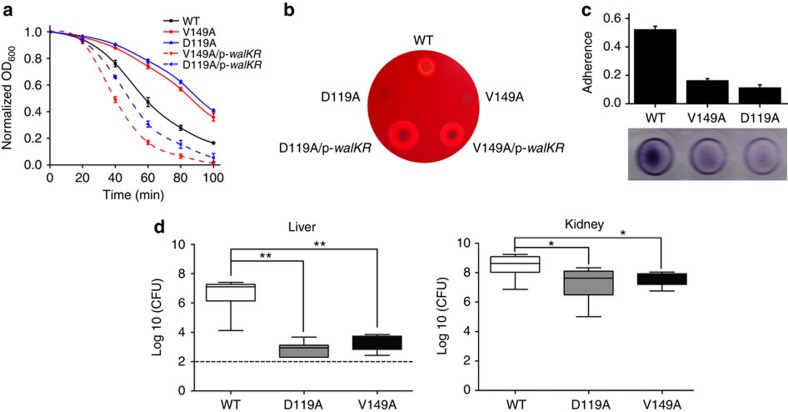Figure 2. Mutation of the potential signal-transduction residues (D119A or V149A) impairs the function of WalKR TCS in S. aureus.
(a) Mutation of D119 or V149 to Ala led to attenuated lysostaphin-induced lysis activity. Cells (WT/pCL55, D119A/pCL55, V149A/pCL55, D119A/p-walKR and V149A/p-walKR) were grown to OD600 of ∼1.6 before harvesting for analysis. The decline of OD600 was utilized to measure lysis activity. The experiments were performed in triplicate. (b) Almost fully abolished haemolysis activity was observed in the D119A and V149A mutants. (c) Mutation of D119 or V149 to Ala led to reduced biofilm production. The biofilm assay was performed in a polystyrene 96-well in TSB with the supplementation of 0.5% glucose and 3% NaCl. The experiments were performed in duplicate. (d) Mutation of D119 or V149 to Ala drastically reduced S. aureus survival in mice. Bacterial suspension (1 × 107 CFU) was administered intravenously via retro-orbital injection into each of 10 6-week-old BALB/c mice. Colonization in liver and kidney was measured after 5 days of infection. Statistical analysis was performed using Student's t-test. Differences were considered statistically significant at P values<0.05. **P<0.01; *P<0.05. The experiments were performed in duplicate. The error bars represent the s.d. of the analysed data.

